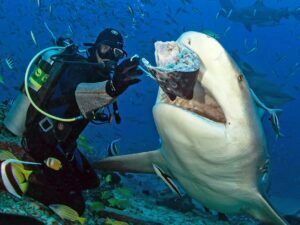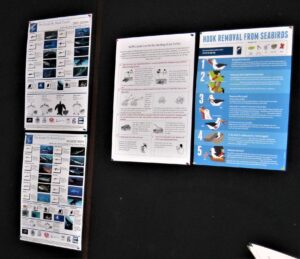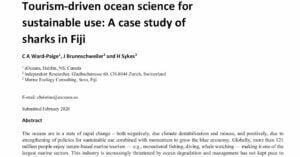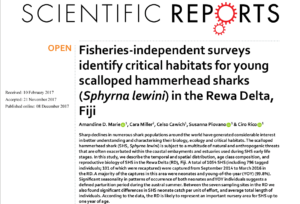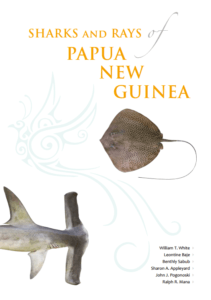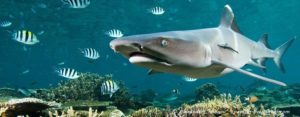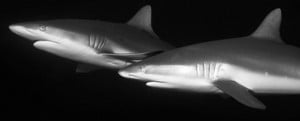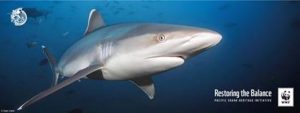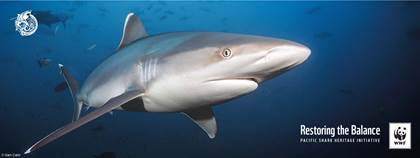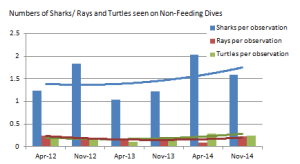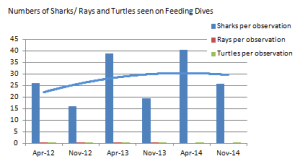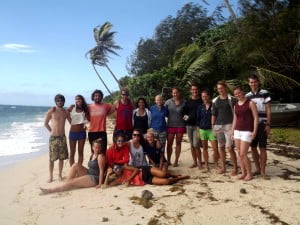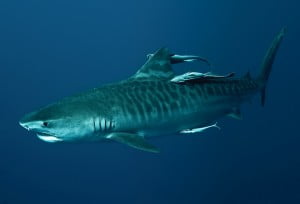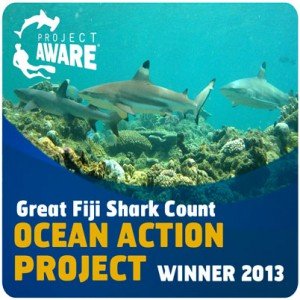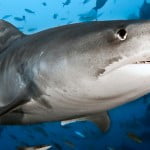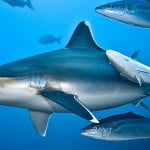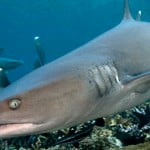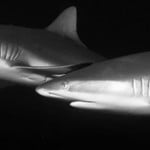Context
Globally, more than 121 million people enjoy nature-based marine tourism, making it one of the largest marine industries. Ocean degradation threatens this industry and management has not kept pace to ensure long-term sustainability.
In response, some individuals within the industry are taking it upon themselves to monitor the ocean and provide the data needed to assist management decisions. Fiji is one such place.
Aims
Between 2012 and 2016, 39 Fijian dive operators, in collaboration with eOceans, conducted the Great Fiji Shark Count to document sharks on their dives. Methods.
Using 146 304 shark observations from 30 668 dives, we document spatial and temporal patterns of 11 shark species at 592 sites.
Key results
Sharks were observed on 13 846 dives (45% of recorded dives) at 441 (74%) sites. Generally, our results matched those from other more limited surveys, including from baited remote underwater video systems.
We found high variability in shark presence, species richness, and relative abundance through space and time.
One trend was surprising: the most common species, Whitetip Reef Shark, decreased over the study period at eastern sites and increased at western sites; the cause is currently unknown.
Conclusions
Our results can guide management and conservation needs, future scientific questions, and provide a baseline for future assessments. Implications.
This study demonstrates the value of longitudinal observation data that includes absences for describing marine fauna, and confirms the capacity of stakeholders to document the ocean.
It also points the direction for broadscale participatory science methodologies to track the ocean.
Keywords: citizen science, conservation, community monitoring, elasmobranchs, endangered species, marine spatial planning, participatory science, sustainability, tourism
Pacific Conservation Biology 29(5) 402-418 https://doi.org/10.1071/PC22009
For full list of author affiliations and declarations see end of paper
*Correspondence to: C. A. Ward-Paige eOceans, Dartmouth, NS, Canada Email: [email protected] Handling Editor: Alan Lymbery
Published: 11 October 2022
Cite this: Ward-Paige CA et al. (2023) Pacific Conservation Biology, 29(5), 402–418. doi:10.1071/PC22009
© 2023 The Author(s) (or their employer(s)). Published by CSIRO Publishing.
This is an open access article distributed under the Creative Commons Attribution- NonCommercial-NoDerivatives 4.0
International License (CC BY-NC-ND).






